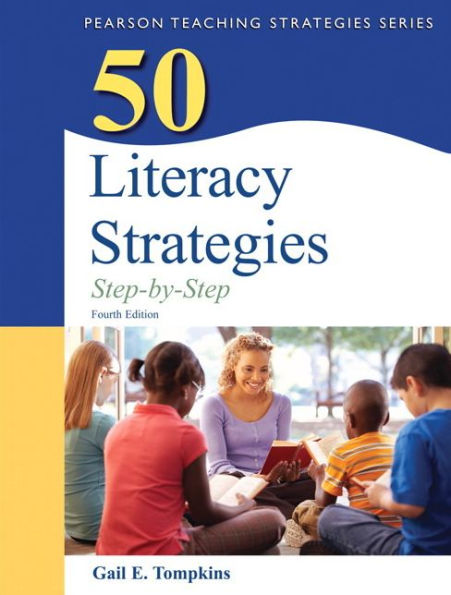50 Literacy Strategies: Step-by-Step
The new edition of 50 Literacy Strategies: Step by Step by Gail E. Tompkins is a conveniently organized resource for all elementary and middle school teachers, providing research-based and classroom-tested strategies to develop literacy skills. Everything you need to know to implement, adapt, and enrich each strategy is included in a consistent, easy-to-understand format.
1137736606
50 Literacy Strategies: Step-by-Step
The new edition of 50 Literacy Strategies: Step by Step by Gail E. Tompkins is a conveniently organized resource for all elementary and middle school teachers, providing research-based and classroom-tested strategies to develop literacy skills. Everything you need to know to implement, adapt, and enrich each strategy is included in a consistent, easy-to-understand format.
86.44
In Stock
5
1

50 Literacy Strategies: Step-by-Step
176
50 Literacy Strategies: Step-by-Step
176Paperback
$86.44
86.44
In Stock

Product Details
| ISBN-13: | 9780132944915 |
|---|---|
| Publisher: | Pearson Education |
| Publication date: | 04/25/2012 |
| Series: | Books by Gail Tompkins |
| Pages: | 176 |
| Product dimensions: | 8.30(w) x 10.70(h) x 0.50(d) |
About the Author
From the B&N Reads Blog
